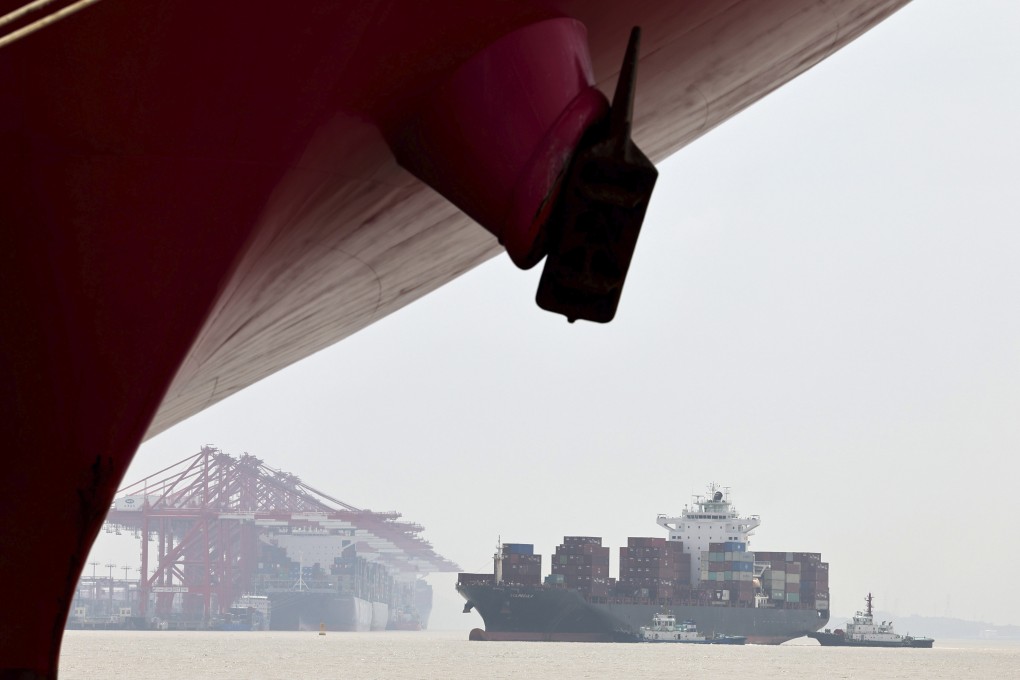The View | Why US will fail to scuttle China’s economic integration with the rest of Asia
- In the past, America’s push for globalisation has benefited the region. Now less dominant in the world economy, the US hopes to reverse such integration to undermine China, but it won’t succeed

Japan’s successful export economy inspired the Four Asian Dragons (also known as the Four Asian Tigers), which were led by authoritarian governments except for Hong Kong, which was ruled by a London-appointed governor. These two initial phases of East Asian globalisation created global companies such as Sony, Samsung, Toyota and Hyundai – made possible by access to the US and European markets.
With the rapprochement between the US and China in the late 1970s, globalisation in East Asia began its third phase, during which China became “the world’s factory”.
Just like its predecessors Japan and South Korea, China has been transitioning from making labour-intensive goods to technologically sophisticated products. With China’s technological advances and international expansion (such as through its Belt and Road Initiative), East Asian globalisation entered its fourth phase.
China became the leading manufacturing nation in 2011 and the leading trading nation in 2013. And, by 2020, China had as many new patents granted per year as the US and Japan combined. Just like Japan in the 1980s, China has emerged as a threat to America’s economic dominance.
